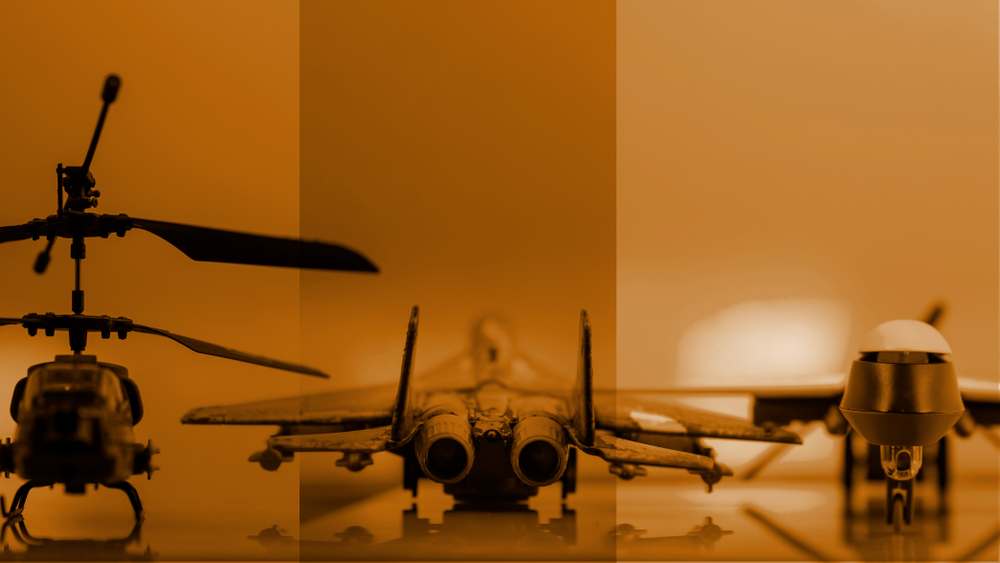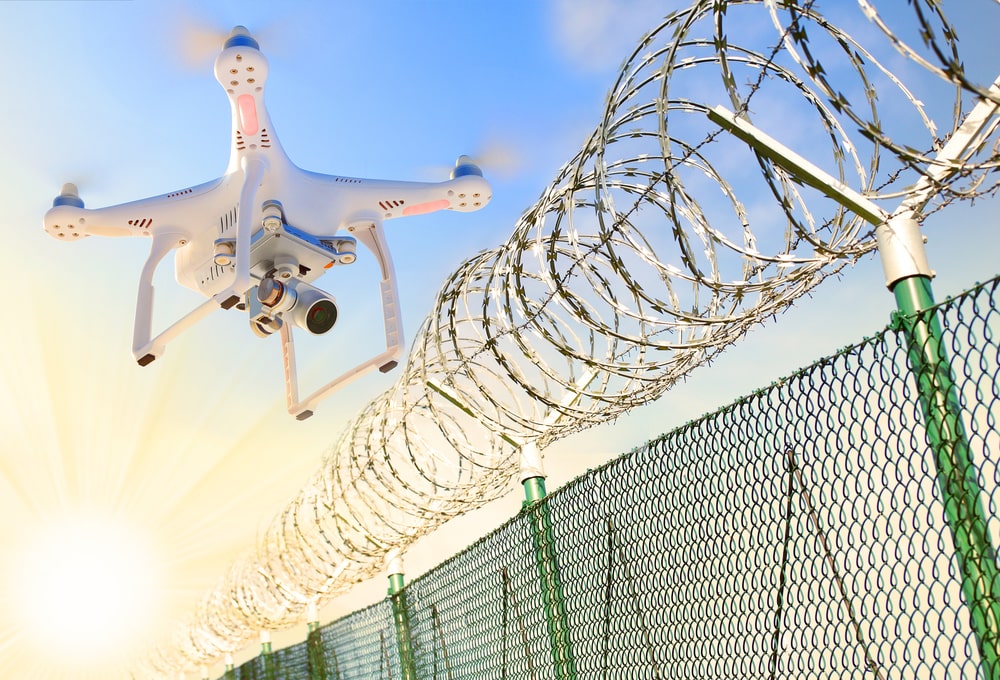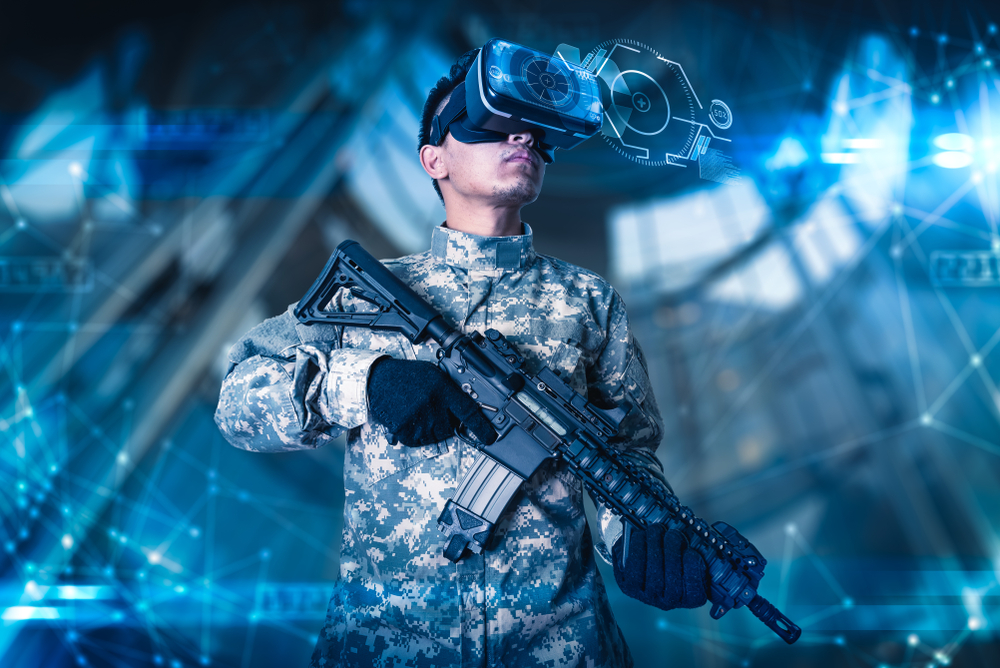We discuss the following topics in this blog:
- Changing Warfare
- Digital Supremacy to the Rescue
- Important aspects of warfare digitisation
- Expected steps in the future
In addition to these topics, we shall also be answering the following FAQs:
- What is WiFi?
- What is an Optical Fibre Cable?
How are the War Tactics Transitioning?
Defence sector has always been perceived as the military force with battlefield capabilities, warfighters can rely on. But now the world is gravitating towards newer realms of warfare like biowar, cyber and information warfare. This big shift is entailing armed forces to prepare for future warfare, to modernise, in anticipation of or in response to changes in threats and technology and pursue capabilities required in the future.
Modernisation of defence
forces requires upgrading military technology, platform, weaponry or ecosystem,
integrating technology in command and control systems and supporting
infrastructure.
So is it wise to say that scales are tilting towards gaining digital supremacy instead of traditional battlefield supremacy?
How can Digital Supremacy be the Game Changer?
Digital supremacy involves leveraging digital technologies like cloud computing, big data, the internet of things (IoT), artificial intelligence, augmented reality, and blockchain as change enablers. The adoption of digital platforms is empowering the defence sector, enabling better continuity of operations and bringing it to a new level of combat readiness.
Many armed forces globally have identified
challenges and opportunities for using digital technologies in future warfare.
Amongst various elements – the Industrial Internet of things (IIoT), autonomous
robotics, bio data analytics and AR/VR solutions for land, sea and air- are the
topmost technology solutions that the defence firms worldwide have started adopting
for battlefield-related decision making.
For
instance:
- The Israel Ministry of Defense has chosen Fire Weaver, a networked
sensor-to-shooter system, to help revolutionize its Defense Forces. The system
connects defense forces on the battlefield to a network that works with
advanced computer vision and AI technology to help in targeting for commanders
and soldiers and allows them to prioritize fire allocation and find the best
shooter for the target.
- Recently, the UK Ministry of Defence (MOD) launched its new Defence
Technology Framework and its new Defence Innovation Priorities. The framework
sets out how the MOD intends to identify and focus efforts on technologies that
offer the greatest potential to enhance capability across internal business
functions and military operations.
- The U.S. military is already integrating AI
systems into combat via a spearhead initiative called Project Maven, which uses
AI algorithms to identify insurgent target
Though digital transformation has kicked off and is creating a shift in the traditional working processes, operations and services with a deep impact on delivering military capabilities, hard reality is that there is no concrete plan and budget for digitising the defence ecosystem.
Indeed! A great time for establishing digital
supremacy
Traditional combat warfare is at an all-time low if compared with the past decades. The defence industry has changed since the Cold War. Should we not take this as an opportunity to beef up our defence forces’ digital strength and dedicate budget just for that purpose?
The Indian Defence Sector Must Adopt to Adapt!
The digitisation of the
Indian defence sector has a long way to go. There are four important aspects of warfare digitisation, better
known as Network Centric Warfare or Internet of Battle Things (IoBT) –
- Information sharing
- Improved situation awareness
- Speed of command
- Enhanced Mission Effectiveness
To date, the Indian defence sector has been taking baby steps towards digitisation. The defence sector does not even touch half of the total level of digitisation in India which stands at 50%.[1]
How do we Choose Between Battlefield and Digital Supremacy?
This is a tough choice! But warfare has been changing over the years and the countries have been adopting IoBT.
Traditionally, India has been focussing on battlefield supremacy with the Indian government allocating Rs. 3.37 lakh crore for the Ministry of Defence (MoD), an increase of 5.8% as compared to the last year[2] But now the defence sector is facing the imperative of digitisation, however there is no dedicated ICT budget for defence. On the other hand, to stay competitive in the defence space we have to look at adopting digititisation.
While we do not have any dedicated ICT budget and
we cannot go full throttle on digitisation, here are top four digital
capabilities our armed forces should adopt to gain digital supremacy over
battlefield supremacy
Jointness of Digital Forces
Till date our defence ecosystem lacks a joint
network. All three forces – army, naval and air, work in a disjoint and do not
have a common network. There is a lack of cohesiveness among logistics and
transportation and centralised decision-making and decentralised execution. But
now, our defence services are emphasizing on integrated and collaborative
approach to execute joint operation in a well-coordinated and efficient manner
AR/VR-based Training for Soldiers
AR/VR-based live training will adept our
soldiers to reach the highest level of battlefield readiness. The defence VR
projects are increasing and by 2025 they are expected to generate a $1.4
billion in revenues[1].
While training soldiers is one avenue, AR/VR could also be utilised for
analysing military manoeuvres and battlefield positions.
Creating ‘Digital Twins’
Digital
twins combine numerous
technologies to create digital versions of real objects and processes, which can help defence determine their
performance. Adoption of Digital Twins technologies can enable the
defence ecosystem to effectively manage its complexity and inter-dependencies.
Technology-Led Security Solutions
In the recent past, there has been a
remarkable increase in terrorists’ infiltration breaching the Indian army’s
security system. The Indian military posts have increasingly been becoming soft
target for cross-border militants. To prevent these attacks, our defence system
needs technology-led security solutions. It needs a
secure network connected with high intrusion-proof fibre that is capable
enough to keep a check at these infiltrations.
What Does the Future Hold?
Our defence sector can take few steps to modernise the ecosystem and gain precedence over other nations.
Technology will continue to disrupt at its own
pace. The real question is – will the Indian Defence sector ride this
disruption wave and win, or wait for some more time?
[1] https://datareportal.com/reports/digital-2020-india
[2] https://economictimes.indiatimes.com/news/defence/marginal-increase-in-defence-budget-could-mar-new-acquisitions/articleshow/73839394.cms?from=mdr
[3] https://www.marketsandmarkets.com/Market-Reports/ar-vr-aviation-market-230427667.html
FAQs
What is WiFi?
Put simply, WiFi is a technology that uses radio waves to create a wireless network through which devices like mobile phones, computers, printers, etc., connect to the internet. A wireless router is needed to establish a WiFi hotspot that people in its vicinity may use to access internet services. You’re sure to have encountered such a WiFi hotspot in houses, offices, restaurants, etc.
To get a little more technical, WiFi works by enabling a Wireless Local Area Network or WLAN that allows devices connected to it to exchange signals with the internet via a router. The frequencies of these signals are either 2.4 GHz or 5 GHz bandwidths. These frequencies are much higher than those transmitted to or by radios, mobile phones, and televisions since WiFi signals need to carry significantly higher amounts of data. The networking standards are variants of 802.11, of which there are several (802.11a, 802.11b, 801.11g, etc.).
What is an Optical Fibre Cable?
An optical fibre cable is a cable type that has a few to hundreds of optical fibres bundled together within a protective plastic coating. They help carry digital data in the form of light pulses across large distances at faster speeds. For this, they need to be installed or deployed either underground or aerially. Standalone fibres cannot be buried or hanged so fibres are bunched together as cables for the transmission of data.
This is done to protect the fibre from stress, moisture, temperature changes and other externalities. There are three main components of a optical fibre cable, core (It carries the light and is made of pure silicon dioxide (SiO2) with dopants such as germania, phosphorous pentoxide, or alumina to raise the refractive index; Typical glass cores range from as small as 3.7um up to 200um), Cladding (Cladding surrounds the core and has a lower refractive index than the core, it is also made from the same material as the core; 1% refractive index difference is maintained between the core and cladding; Two commonly used diameters are 125µm and 140µm) and Coating (Protective layer that absorbs shocks, physical damage and moisture; The outside diameter of the coating is typically either 250µm or 500µm; Commonly used material for coatings are acrylate,Silicone, carbon, and polyimide).
An optical fibre cable is made up of the following components: Optical fibres – ranging from one to many. Buffer tubes (with different settings), for protection and cushioning of the fibre. Water protection in the tubes – wet or dry. A central strength member (CSM) is the backbone of all cables. Armoured tapes for stranding to bunch the buffer tubes and strength members together. Sheathing or final covering to provide further protection.
The five main reasons that make this technology innovation disruptive are fast communication speed, infinite bandwidth & capacity, low interference, high tensile strength and secure communication. The major usescases of optical fibre cables include intenet connectivity, computer networking, surgery & dentistry, automotive industry, telephony, lighting & decorations, mechanical inspections, cable television, military applications and space.


















